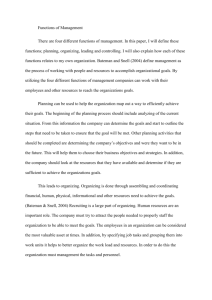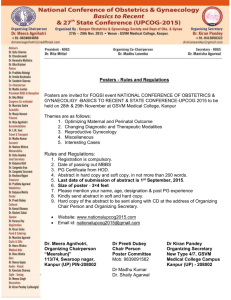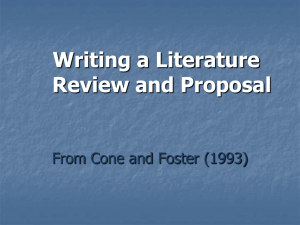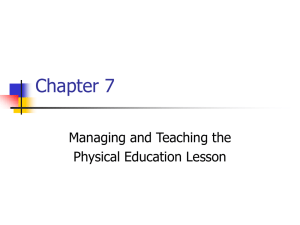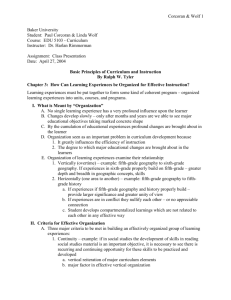How Can Learning Experiences Be Organized For
advertisement
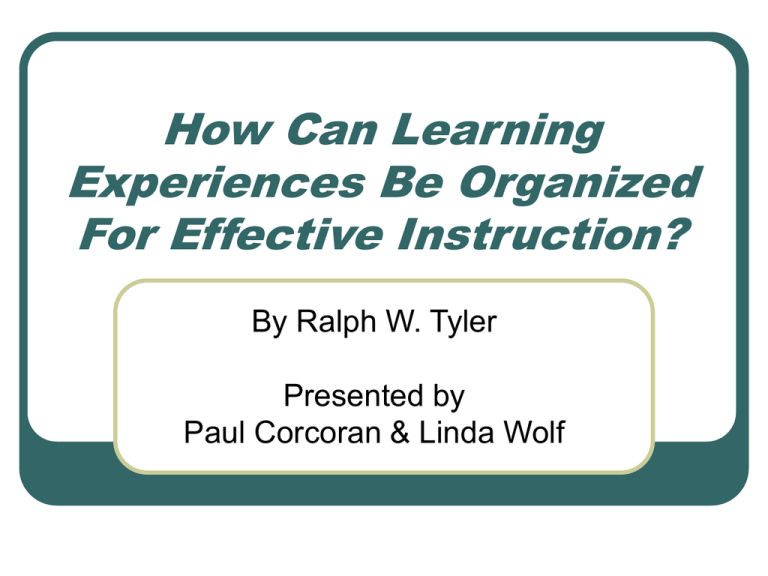
How Can Learning Experiences Be Organized For Effective Instruction? By Ralph W. Tyler Presented by Paul Corcoran & Linda Wolf Organization The procedures for organizing learning experiences into units, courses, and programs. Educational experiences must be organized in order to reinforce the learning process. Vertical & Horizontal Relationships Vertical is going from grade level to grade level based upon content. Horizontal is integrating different content within the same grade level. Consequences of experiences not relating. Criteria for Effective Organization Continuity Sequence Integration Continuity Vertical reiteration of major curriculum elements. Repeated opportunities to practice skills. Repetition of concepts. Sequence Each experiences is built upon the preceding experiences and goes more broadly and deeply into the content. Increasing the complexity of skill. Higher levels of treatment with each successive learning experience. Integration Horizontal relationship of curriculum experiences. The students increasingly get a unified view which unifies behavior in relation to the elements. Elements to Be Organized Identify the elements of the curriculum which serve as the organizing threads. The threads will serve as an organizing element in achieving continuity, sequence and integration. For example: Concepts, Values and Skills Organizing Principles Extend, broaden, and deepen concepts for planning major curriculum elements. Criteria, continuity, sequence, and integration apply to the experiences of the learner. Logical is what the expert understands and knows. Psychological is a scheme of development that is meaningful learner. Other Organizing Principles Increasing breadth of application Increasing range of activities included The use of description followed by analysis The development of specific illustrations followed by broader and broader principles to explain these illustrations The attempt to build an increasingly unified world picture from specific parts which are first built into larger and larger wholes. The Organizing Structure Largest Level of Structural Elements Intermediate Level Lowest Level Largest Level of Structural Elements Specific Subjects Broad Fields Core Curriculum Undifferentiated Structure Intermediate Level Sequential Courses Single Semester Courses or Year Units Lowest Level The Lesson The Topic The Unit Achieving Desirable Organization Any structural arrangement that provides for larger blocks of time under which planning may go on has an advantage over a structural organization which cuts up the total time into many specific units, each of which has to be planned with some kind of transition and consideration of the work of other units. The Process of Planning a Unit of Organization General scheme of organization General organizing principles Daily lessons, sequential topics, or teaching units Flexible plans or source units Pupil-teacher planning



